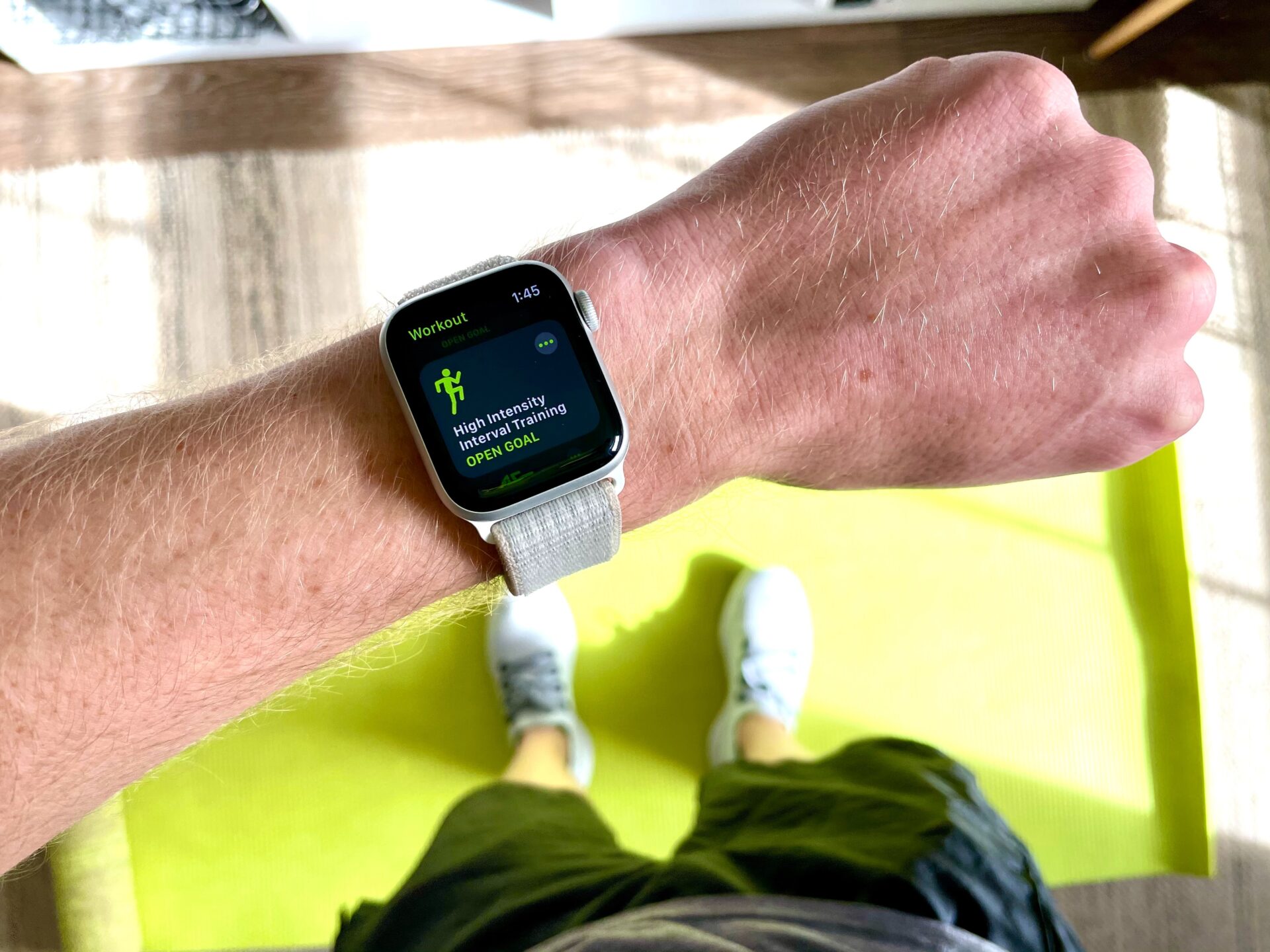The Rise Of Home Workouts
In recent years, there has been a significant rise in the popularity of home workouts. With busy schedules and limited time, many individuals are opting to exercise in the comfort of their own homes. The convenience and flexibility of home workouts have made them a preferred choice for fitness enthusiasts of all levels. Whether you are a beginner or an experienced athlete, working out at home can be an effective way to achieve your fitness goals. This article will explore the essential workout equipment that can help you embark on a successful fitness journey at home.
Benefits Of Working Out At Home
Before delving into the essential workout equipment, it is important to understand the benefits of working out at home. One of the key advantages is the convenience factor. With a home gym, you can exercise whenever it suits your schedule, without having to worry about commuting to a fitness center. Additionally, working out at home eliminates the need for a gym membership, saving you both time and money in the long run. Moreover, exercising in the privacy of your own home can be less intimidating, especially for beginners who may feel self-conscious in a public setting. Lastly, home workouts allow you to customize your exercise routine based on your specific goals and preferences. Whether you prefer cardio, strength training, or flexibility exercises, you have the freedom to design a workout regimen that suits your needs.
Essential Workout Equipment For Home
To create an effective home gym, it is crucial to invest in the right workout equipment. While the specific equipment you choose will depend on your fitness goals and preferences, there are a few essentials that every home gym should have.
Cardiovascular Equipment For Home Workouts
Cardiovascular exercise is an essential component of any fitness routine. To get your heart rate up and improve your cardiovascular health, consider investing in equipment such as treadmills, stationary bikes, or elliptical trainers. These machines provide a low-impact and convenient way to burn calories and improve your overall endurance. If you have limited space or are on a budget, you can also opt for jump ropes or aerobic step platforms, which are compact and affordable alternatives for cardio workouts.
Strength Training Equipment For Home Workouts
Strength training is crucial for building muscle, increasing bone density, and boosting metabolism. To incorporate strength training into your home workouts, consider investing in dumbbells, resistance bands, or kettlebells. These versatile pieces of equipment can be used for a wide range of exercises, targeting various muscle groups. Additionally, a weight bench or a stability ball can provide added support and stability during strength training exercises. If you have more space and budget, you may also consider investing in a multi-functional home gym machine, which allows you to perform a wide range of exercises in one compact unit.
Flexibility And Mobility Equipment For Home Workouts
Flexibility and mobility are often overlooked but essential components of a well-rounded fitness routine. To improve flexibility and prevent injuries, consider incorporating equipment such as yoga mats, foam rollers, and resistance bands into your home gym. Yoga mats provide a comfortable surface for stretching and practicing yoga or Pilates exercises. Foam rollers are excellent tools for self-myofascial release, helping to relieve muscle tension and improve mobility. Resistance bands are versatile tools that can be used for stretching, strengthening, and mobility exercises.
Tips For Choosing The right Workout Equipment For Home
When choosing workout equipment for your home gym, it is important to consider your individual needs, goals, and available space. Here are a few tips to help you make the right choices:
Assess your fitness goals:
Determine whether you are primarily focused on cardio, strength training, flexibility, or a combination of these. This will help you prioritize the equipment you need.
Consider your budget:
Set a budget and allocate it wisely across your equipment purchases. Look for quality equipment that fits within your price range.
Evaluate available space:
Measure the space you have available for your home gym and choose equipment that fits comfortably without overcrowding the area.
Read reviews and do research:
Before making a purchase, read reviews, and do thorough research to ensure the equipment is of good quality and suitable for your needs.
Seek professional advice:
If you are unsure about which equipment to choose or how to use it effectively, consider consulting a fitness professional who can provide personalized guidance.
Techniques For Using Workout Equipment Effectively At Home
Having the right workout equipment is only half the battle. To make the most of your home workouts, it is important to use the equipment effectively. Here are a few techniques to keep in mind:
Start with proper form:
Before using any equipment, learn the proper form and technique for each exercise. This will help prevent injuries and ensure you are targeting the intended muscle groups.
Begin with light weights:
If you are new to strength training, start with light weights and gradually increase the resistance as you become more comfortable and stronger.
Mix it up:
To keep your workouts interesting and prevent plateauing, vary your exercises and equipment usage. This will challenge your muscles in different ways and prevent boredom.
Listen to your body:
Pay attention to how your body feels during workouts. If you experience pain or discomfort, adjust the equipment or modify the exercise to avoid injury.
Track your progress:
Keep a workout journal or use a fitness app to track your progress and ensure you are steadily improving. This will also help you stay motivated and accountable.
Maintenance and care for home workout equipment
To ensure the longevity and functionality of your home workout equipment, it is important to practice proper maintenance and care. Here are a few tips:
Clean regularly:
Wipe down your equipment after each use to remove sweat and bacteria. Use a mild cleaning solution and avoid abrasive cleaners that can damage the equipment.
Lubricate moving parts:
If your equipment has moving parts, such as a treadmill or elliptical, periodically lubricate them to prevent squeaking and ensure smooth operation.
Check for wear and tear:
Regularly inspect your equipment for any signs of wear and tear. Replace any damaged or worn-out parts to maintain optimal safety and performance.
Store properly:
When not in use, store your equipment in a clean and dry area to prevent rusting or damage. Use equipment covers or protective mats to safeguard against dust or moisture.
Conclusion
Embarking on a fitness journey at home can be an empowering and rewarding experience. By investing in the essential workout equipment and following the tips and techniques outlined in this article, you can create an effective home gym that caters to your fitness goals. Remember to choose equipment that aligns with your needs, utilize it effectively, and maintain it properly for long-lasting performance. Whether you are a beginner or an experienced fitness enthusiast, working out at home can provide you with the convenience, flexibility, and privacy you need to achieve your fitness goals. Start your home workout journey today and reap the benefits of a healthier, stronger, and more active lifestyle.





Responses